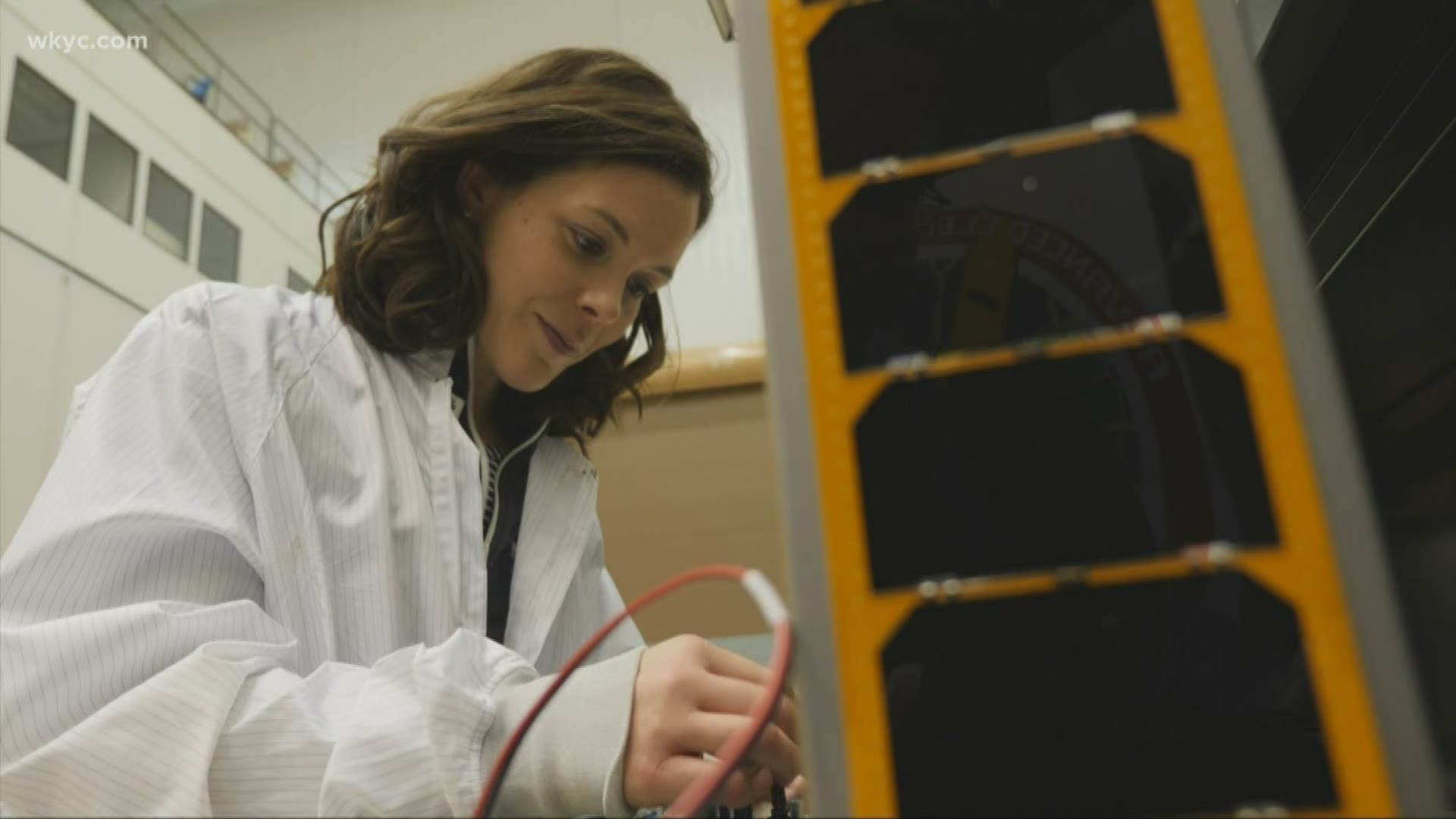CLEVELAND — Right now, NASA engineers and scientists are putting the Orion spacecraft through some extreme environmental testing at its Plum Brook facility in Sandusky.
It was brought to Northeast Ohio last month and if all goes well, Orion will fly on future Artemis missions that will eventually take humans farther into space than they've ever gone before.
The Orion spacecraft has two main parts: The crew module, where the astronauts sit, is made by NASA. And the service module which provides propulsion and power, is built by the European Space Agency.
The job of Katie Oriti, project manager at NASA Glenn Research Center, is to make sure the two modules work well together. She's working on future Artemis missions that will take astronauts to the moon and beyond.
"It was 50 years ago we sent people to the moon for the first time and now we're going back and we're going back in a more sustainable way," Oriti said.
And Oriti says to her, the exciting part is that this time around, there's global investment. "Everyone feels very invested in this exploration mission and is excited about sending humans back to the moon," she added.
While Oriti has always had an interest in space, her interests varied. She even started out studying biomedical engineering in college but deep down, space exploration tugged at her.
"When I was about 10 years old, my dad bought me a telescope and we used to go out and look at and try to find galaxies, and look at the planets and look at the moon. To me that was always just very inspiring," Oriti said.
Oriti believes if something inspires you, go for it.
"Just don't let someone tell you its not a good fit for you or you can't pursue it," she advised. "For whatever reason, people always, there's always people out there that will say no. But if you know what kinda puts that fire in your belly, and what inspires you, just keep pursuing it."
RELATED: Testing begins soon for Artemis 1 Orion spacecraft at NASA Glenn's Plum Brook Station in Sandusky

